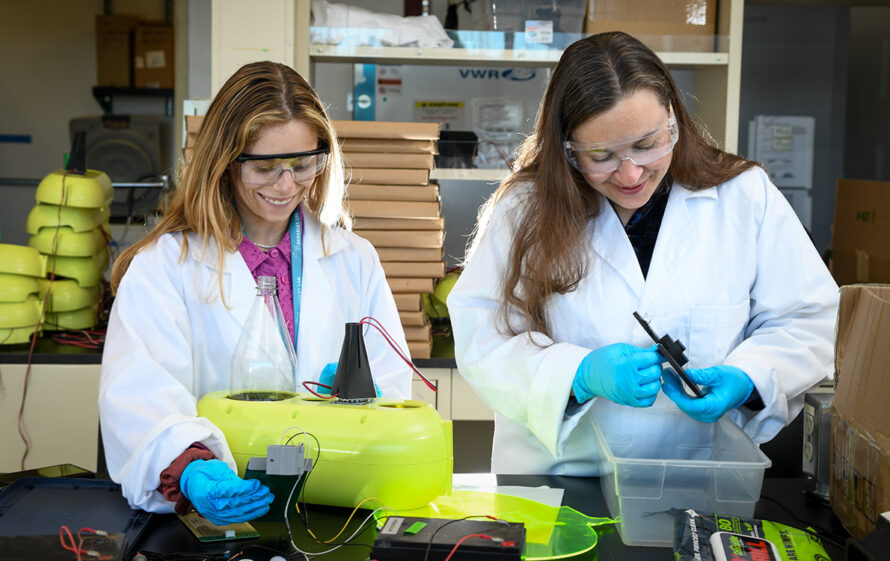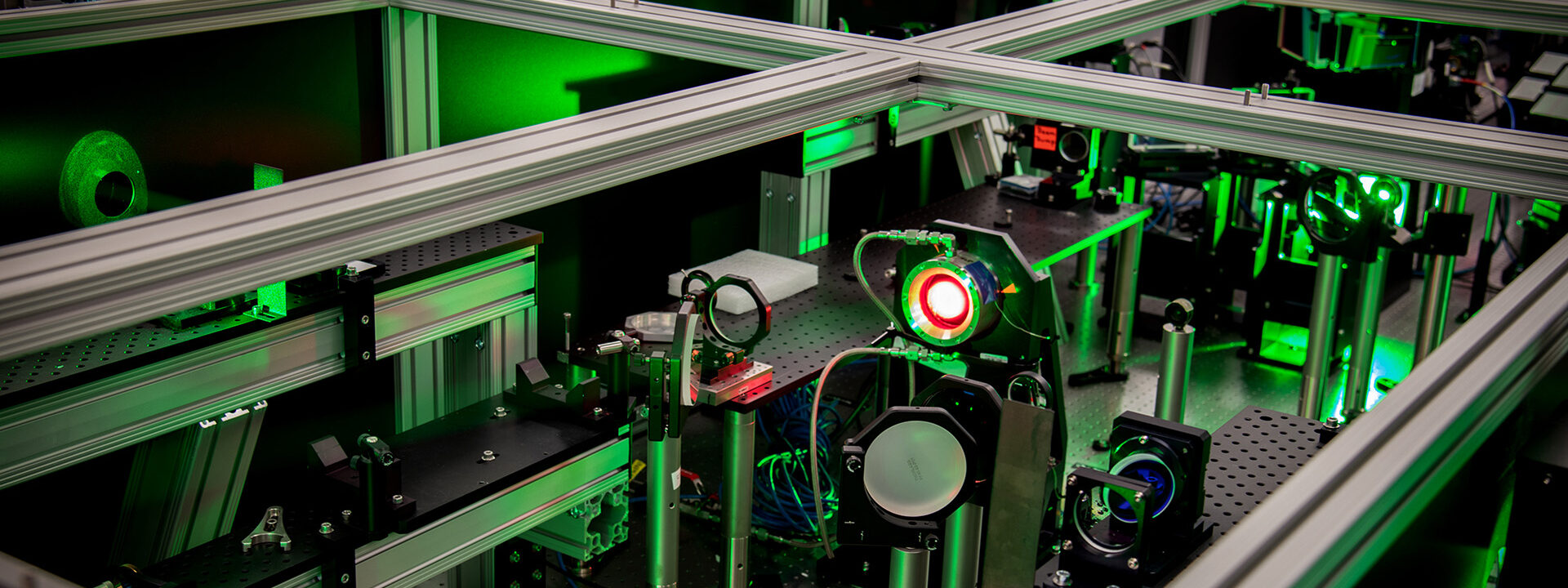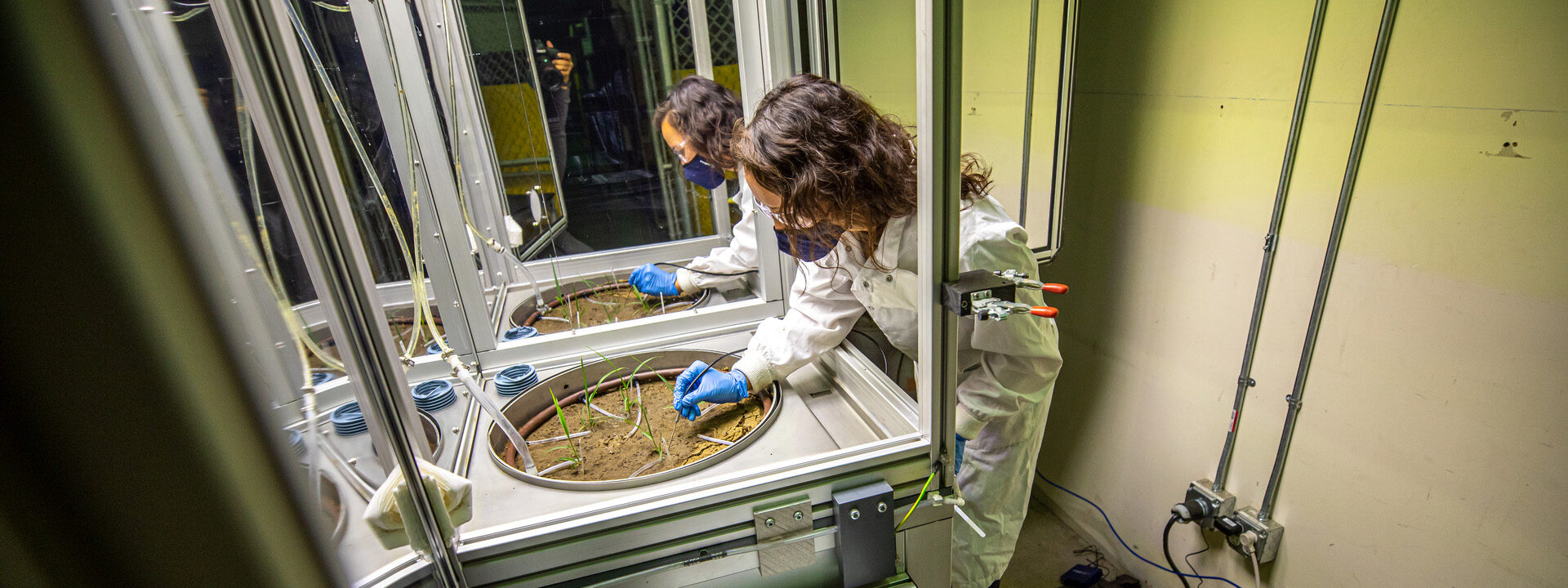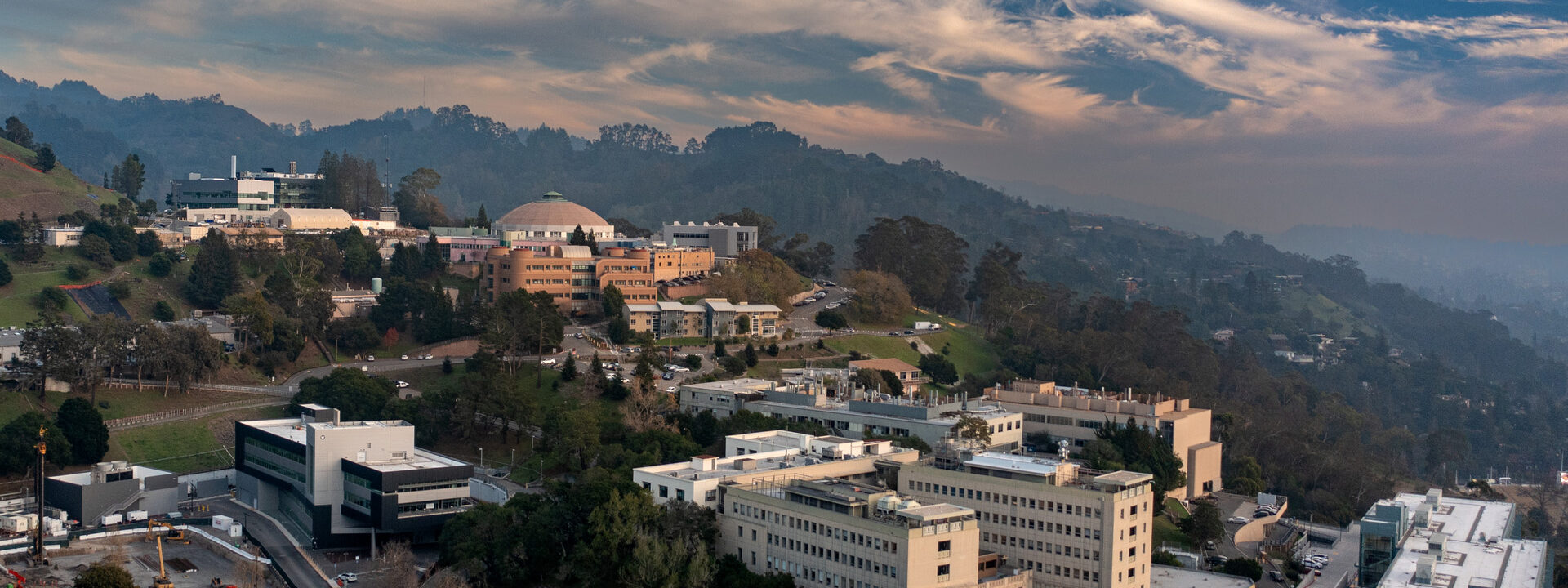Berkeley Lab scientists and engineers are developing new capabilities to revolutionize the way discovery science is performed, and to maintain our ability to deliver valuable research for the nation and world. Our innovations will lead to tomorrow’s breakthroughs in discovery science, clean energy, and a healthy planet.
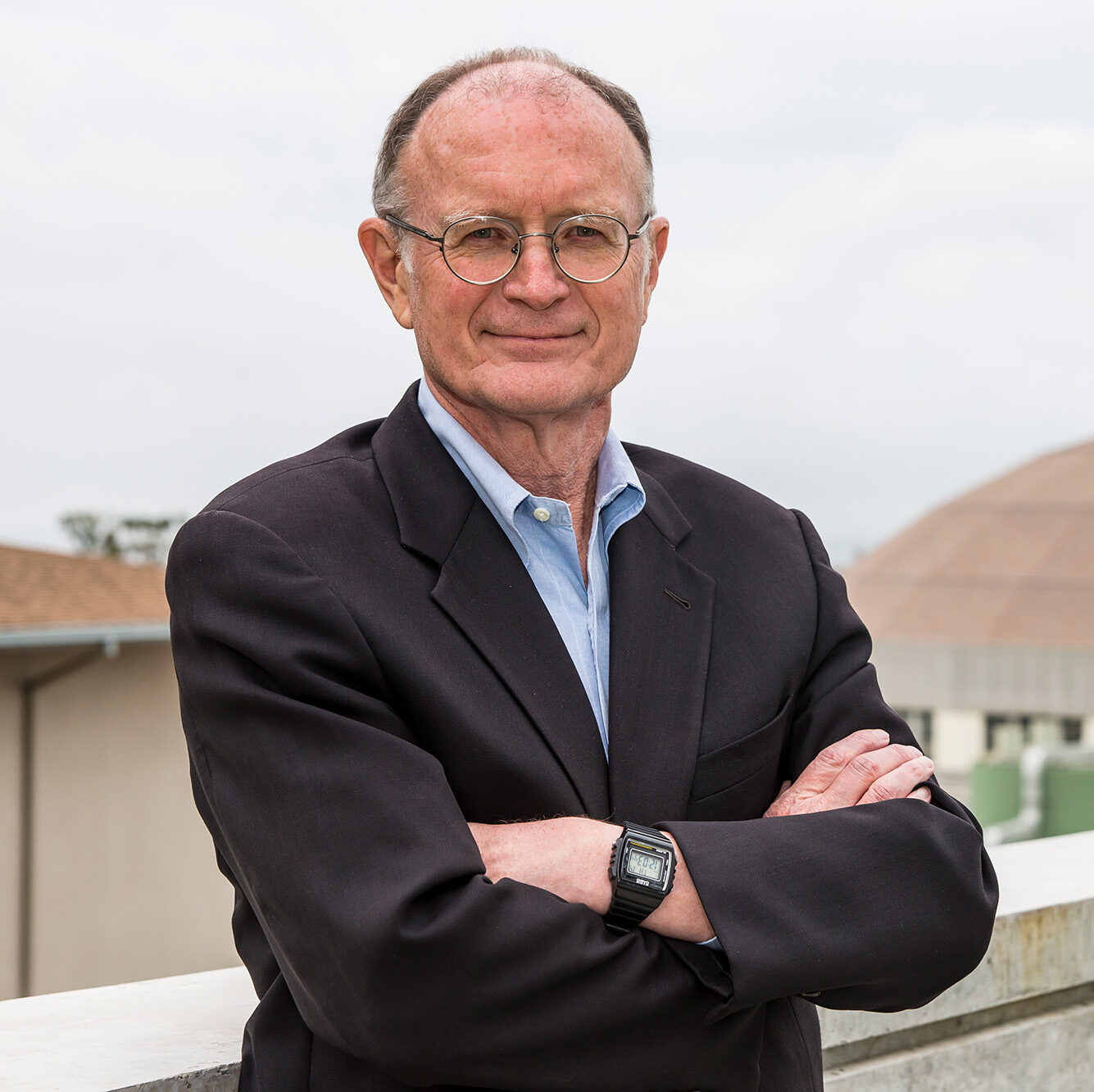
New experimental capabilities
Developing new scientific capabilities for future discovery.
Extending our scientific leadership
Facility and capability upgrades that extend our leadership in critical programs.
Modernizing our site infrastructure
Revitalizing our conventional site infrastructure to enable our science mission today and tomorrow.
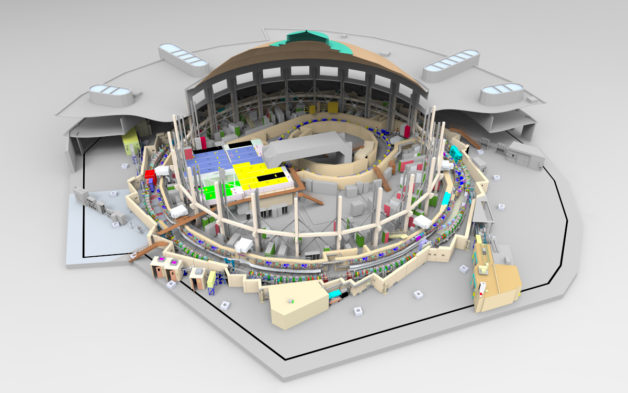
ALS-U is an ongoing upgrade of the Advanced Light Source (ALS) at Berkeley Lab that will endow the ALS with revolutionary X-ray capabilities.
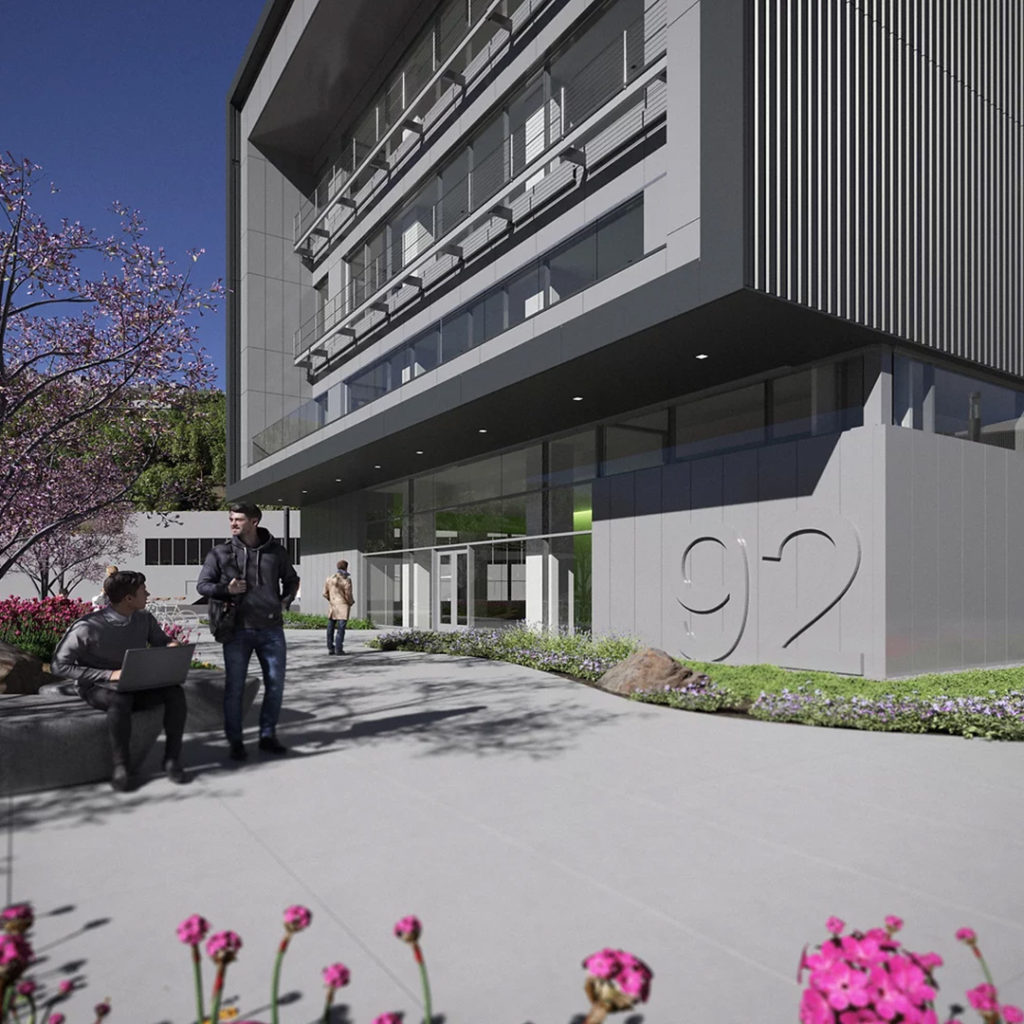
Scientists who will work in BioEPIC seek to revolutionize understanding of how microbes interact with soils and plants to influence the environment.
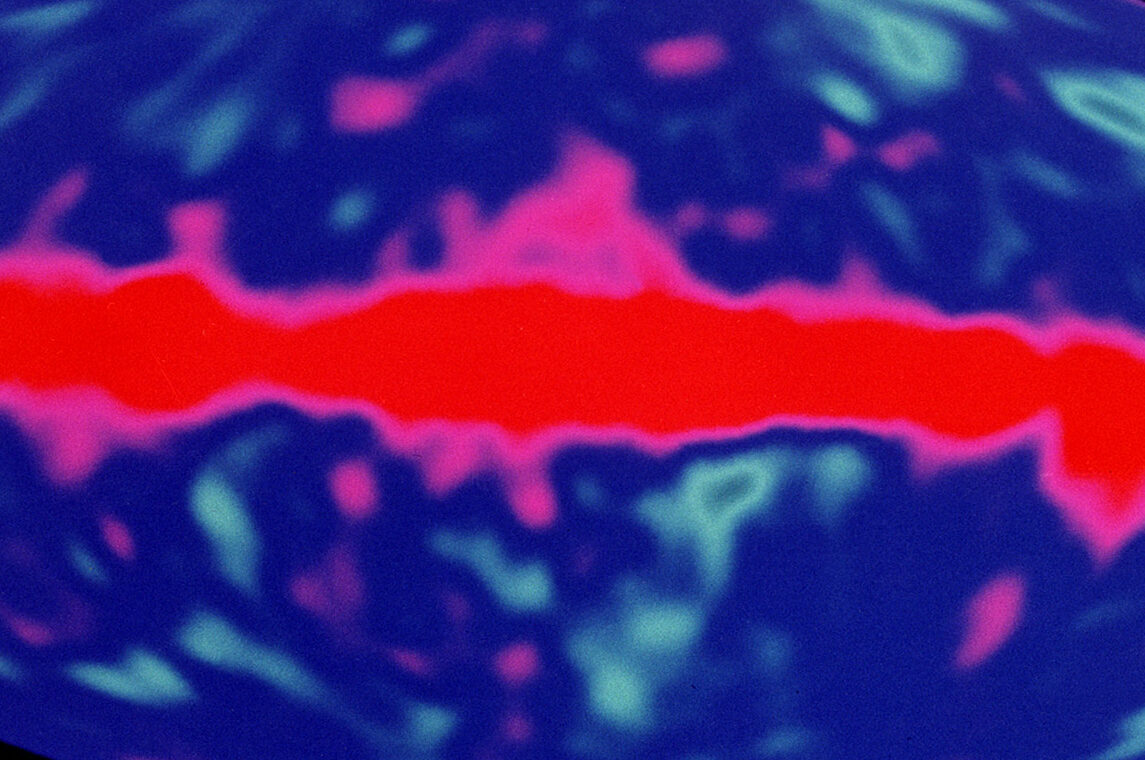
CMB-S4 will provide measurements of the cosmic microwave background at unprecedented precision. Berkeley Lab leads the partnership of institutions that carry out the DOE responsibilities for CMB S-4.

ESnet’s next-generation network, ESnet6, is designed to help the U.S. Department of Energy (DOE) research community navigate an expected “data deluge” by giving the community more bandwidth, greater flexibility, and faster data transfer capabilities.

LAMP is the largest underground system modernization project in the history of the Lab. Upgrading the Lab’s utility infrastructure will help ensure critical work on cutting edge science and operations can continue safely and uninterrupted.
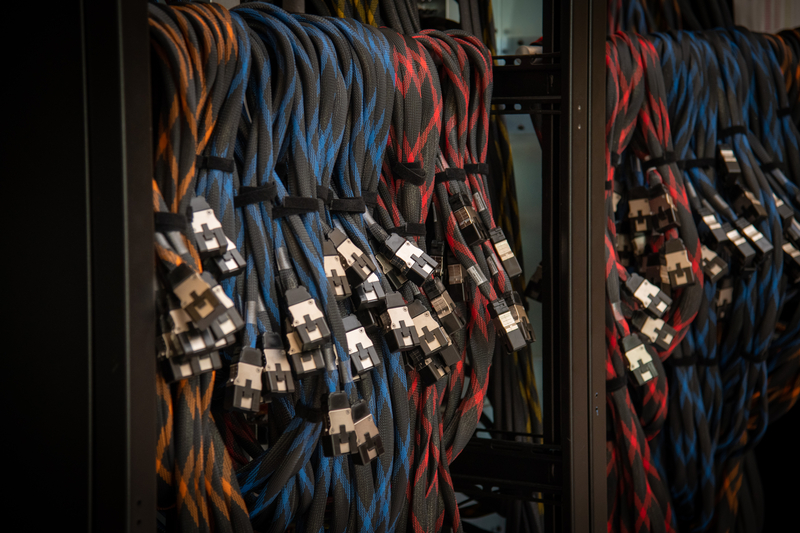
The NERSC-10 project would deliver a next-generation supercomputer in the 2026 time frame for the DOE Office of Science research community to address an evolving landscape in scientific research: the convergence of simulations and modeling, advances in artificial intelligence, and an explosion of experimental and observational data.
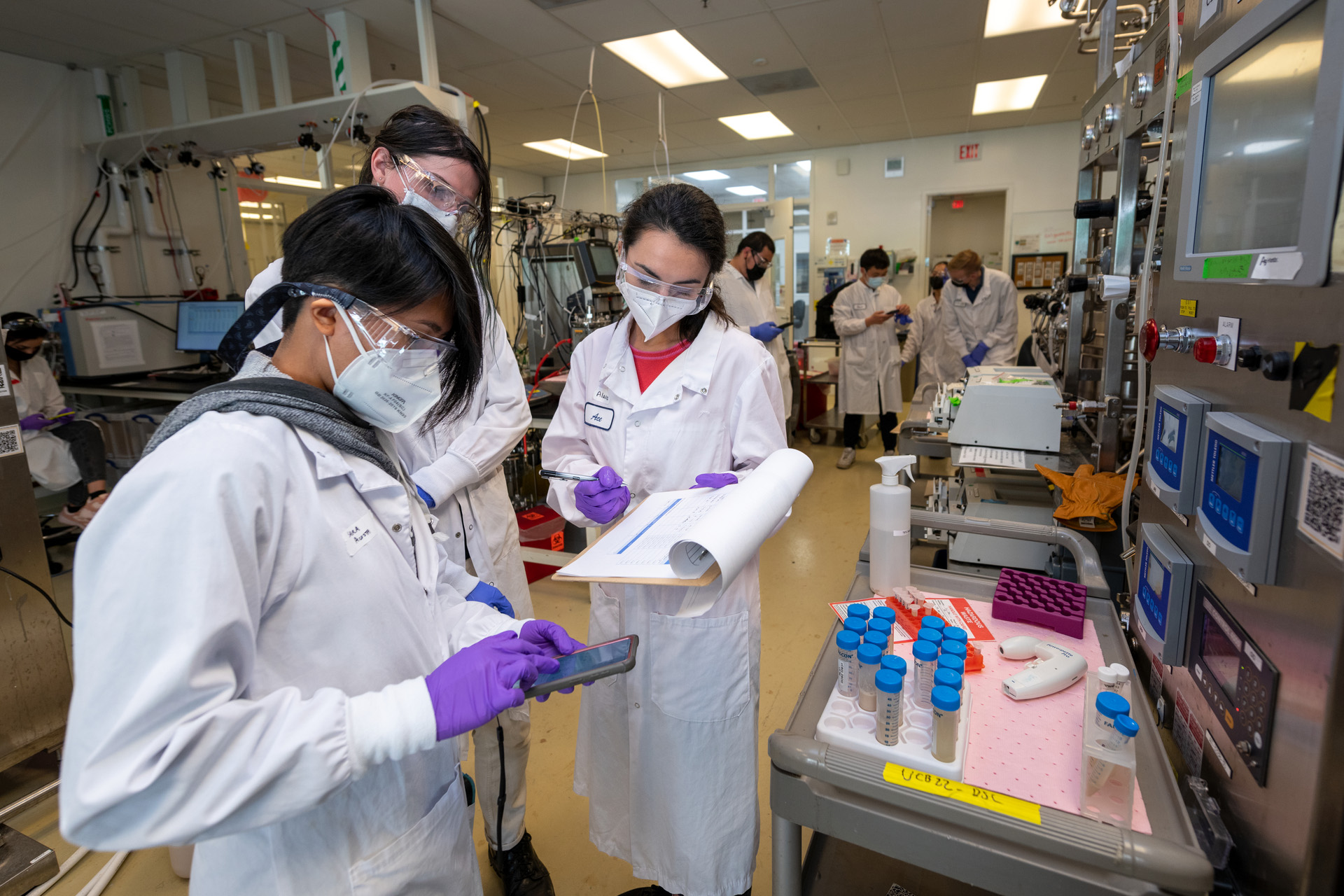
The envisioned BioGEM facility would integrate bioengineering research on microbes and plants from discovery to scale-up for biofuels and bioproducts. This facility would provide state-of-the-art space for training the bioeconomy workforce of the future.

For the first time, scientists streamed raw physics data across the entire country in real time, at 100 Gbps, with no buffering or temporal storage. The EJFAT prototype has been designed to allow different types of facilities like X-ray light sources and particle accelerators to stream data to multiple supercomputers for processing and analysis. Successfully enabling such streaming means that researchers can calibrate and steer time-sensitive experiments faster and more easily while they’re happening.
